Greenwich Council and £11.4 million income from developers. Where’s it going?
This site has recently covered £3.5 million that Greenwich Council receives each year from TfL through the “Local Implementation Plan” and the opaque and defensive attitude when it comes to revealing how and where it is spent.
There’s another large source of income the council receives (£11.4 million in 2015/16 and £11.6 million the year before) which I’ve also touched on to a lesser extent. It doesn’t appear to have done much for many areas of the borough, and looking into it reveals a similar attitude to that seen with other funding – defensiveness, secrecy and a desire for residents to keep quiet and go away.
I know other bloggers are also looking into this and I’ll also be covering this on an ongoing basis.
So firstly, what is this money? It’s income that the Local Authority receives from property developers when constructing new buildings. This money comes into the council and can go towards a wide number of projects with the idea of supporting local infrastructure.
Section 106 and Community Infrastructure Levy
Income to the council was formally in the sole form of “Section 106” but will normally now be through the “Community Infrastructure Levy”. There’s a set rate of income per square metre depending on what type of development it is (residential or commercial generally) and where it is in the borough. Developers in the east pay around half.
Section 106 income, which still exists in a limited form, can now only be used when income is pooled together for larger schemes. One example of this is seen later in the article, with Southwark Council pooling money from a number of developments to create a £264,000 fund to be spent on improving the environment and public realm on the Sceaux Estate.
In Greenwich
There’s two issues with how Greenwich Council operate with this form of income.
1) where the money actually goes
2) the transparency of this process.
Firstly, when it comes to spending priorities it’s no real surprise that things such as estate improvements plus streets and park upgrades have generally been an afterthought, if considered at all. Not much income at all helps improve public spaces hence so many neglected and run down areas.
For many years local people have not benefited from large adjacent developments. I’ve written posts about estates and retail parades in very poor condition despite being encircled by brand new massive residential developments that brought in much money. Broken walls, few children’s play parks, outdated and broken street furniture and poor/ugly landscaping are all common. Very little went to aid these sites. This is unusual in much of London but Greenwich Council have not deemed it a priority.
With developments such as New Capital Quay in Greenwich (where Waitrose is located), the many Creekside developments and the “Gramercy” arriving in recent years nearby then this estate in West Greenwich really should not look like it does:
A new Creekside development can be seen behind. Just one of many. Given this area would be traversed by new residents walking to the nearest station (Cutty Sark DLR) then we can see how it’s a perfect use of Section 106 or CIL money.
I often focus on this estate as it’s the starkest example of poor communal maintenance by Greenwich Council’s Housing Department coupled with the authority’s lack of investment in better public spaces, despite income coming in from literally all around.
If that income were used here it could improve this spot to provide a more direct, legible path to make cycling and walking more attractive. Currently the mess of broken and obstructive 6 foot walls, overgrown landscaping and crap street furniture doesn’t make it an attractive spot.
The rest of the space could be remodelled with better landscaping, perhaps with play equipment, that would also benefit residents by providing a place that is safer and one they can take pride in. This spot could even house a tea hut with greenery outside. Many options that engagement could provide but all money seems to have gone elsewhere.
Lack of transparency
Secondly, when it comes to transparency regarding income and where it’s spent, there hasn’t been regularly published data in the public domain or shown at council meetings for a long time. It takes Freedom of Information requests to gain spreadsheets that still contain little that is specific and detailed.
Things are different elsewhere:
Tower Hamlets
In October 2016 they approved publishing income, allocation and spending information:
Lewisham Council
The Sustainable Development Committee recommended opening the process up back in June 2016:
This includes publishing information online:
Plus the Council will be engaging locals in spending. Lewisham already run monthly meetings for each ward in the borough so have a template in place through which to operate.
Southwark
Things are more open in Southwark borough too. Southwark have local Community Councils which can suggest improvements. At Planning Meetings they approve S106 spending, where spending is broken down with details and put in the public domain. Nothing like this in Greenwich borough. Southwark place a big emphasis on improving estates and public areas to create cohesive and strong communities.
Click here to see a typical allocation of developer income in Southwark from September this year, as mentioned earlier. Here’s a screenshot from the report:
This will bring to the estate:
- Landscaping and tree planting (approx. 33 across the site)
- Refreshed paving
- Pram shed refurbishment/replacement
- New car parking
- New seating/benches
- New/improved lighting
- New/improved bin stores
- New cycle parking
- Play equipment
Not bad eh? And this is a core reason why the standard of estates and public areas is far higher in places like Southwark and Lewisham than in Greenwich, where Councillors seem to support a conscious choice by the leadership not to allocate much, if anything, to many estates and public spaces.
I expect some Greenwich Councillors will pluck out one or two examples of schemes, usually in select areas, and claim there is no issue and insinuate that I’m suggesting no areas ever benefit. That sort of blanket statement seems quite common. I’m not saying nowhere ever benefits, but local improvements are very much the exception.
Community Councils
The Southwark Council website also reveals how they’re more open about this source of revenue. The website states:
“We have set up the Community Infrastructure Projects List (CIPL) for the local community to suggest and propose projects to be funded by CIL and S106. The lists are agreed and confirmed by the relevant community councils.
Under most circumstances, most CIL money collected from a development can be spent anywhere in the borough, but we have committed to spending 25% of all CIL raised in an area locally. S106 funds are required to be spent in the locality of the related development.
Projects on the list will need to be publically accessible infrastructure improvements. Projects funded by S106 will need to aid mitigation of local impacts of developments, while projects funded by CIL will need to provide infrastructure that supports growth.”
That 25% figure is important. They do not have to set aside that much locally but have chosen to.
The Greenwich way
Guess the percentage Greenwich Council want to spend locally now change sin planning law have forced them to come up with a percentage? Yep, it’s lower. Just 15%. The bare minimum by law. Southwark Council engage more and commit to 25%. And now have a look on Greenwich Council’s CIL page. There’s nowhere to suggest ideas. And as Greenwich Council do not run regular Local Ward meetings or have Community Councils that avenue is out too.
You could email your councillor I suppose and wait five weeks for a reply, if they do at all.
One of the first things that should happen immediately is to routinely publish all income received and where it is allocated. Transparency is needed.
Then there needs to be far better engagement with locals.
As I keep saying, despite cuts from central Government money is there to improve many neglected areas. It’s making the choice to do so. Greenwich councillors can push for it if they choose. Next time they plead poverty remind them of these funds and how other authorities spend it. Remember, it was £11.4 million last year, and £11.6m the year before. And there’s the annual millions from TfL. Plus the numerous external funds available where Greenwich have a poor record.
Many more large developments are in for planning that will bring in much income. To give one example, will the millions from forthcoming blocks around Abbey Wood Crossrail station benefit it’s run down estate or slip away yet again? I can see far more scrutiny coming with this money in the future.
They’ll be follow-up posts showing how substantial income from developments in poorer parts of the borough have not been spent locally, with little benefiting places and areas in dire need .







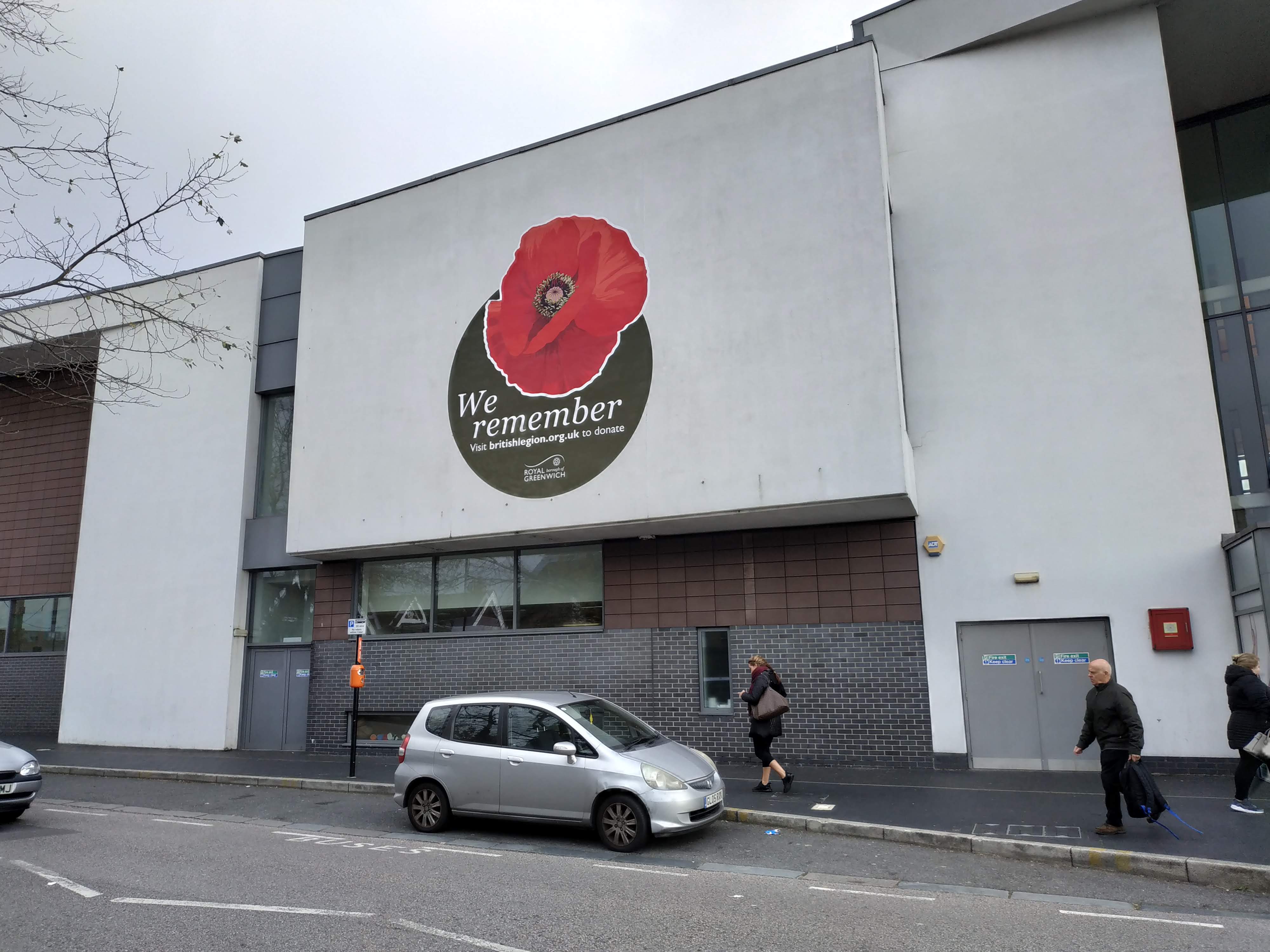
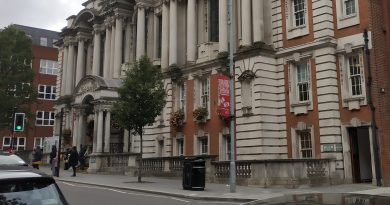
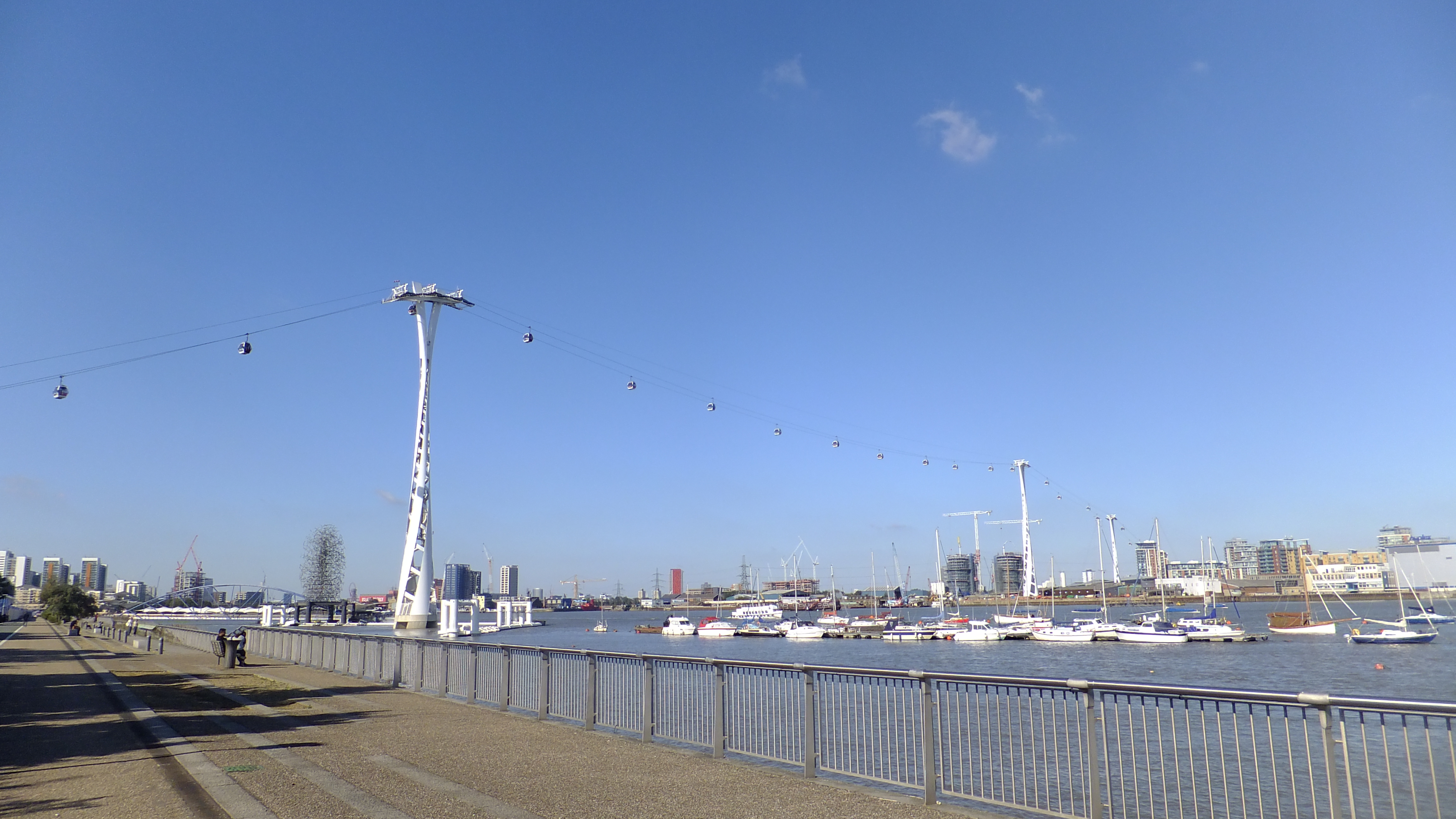
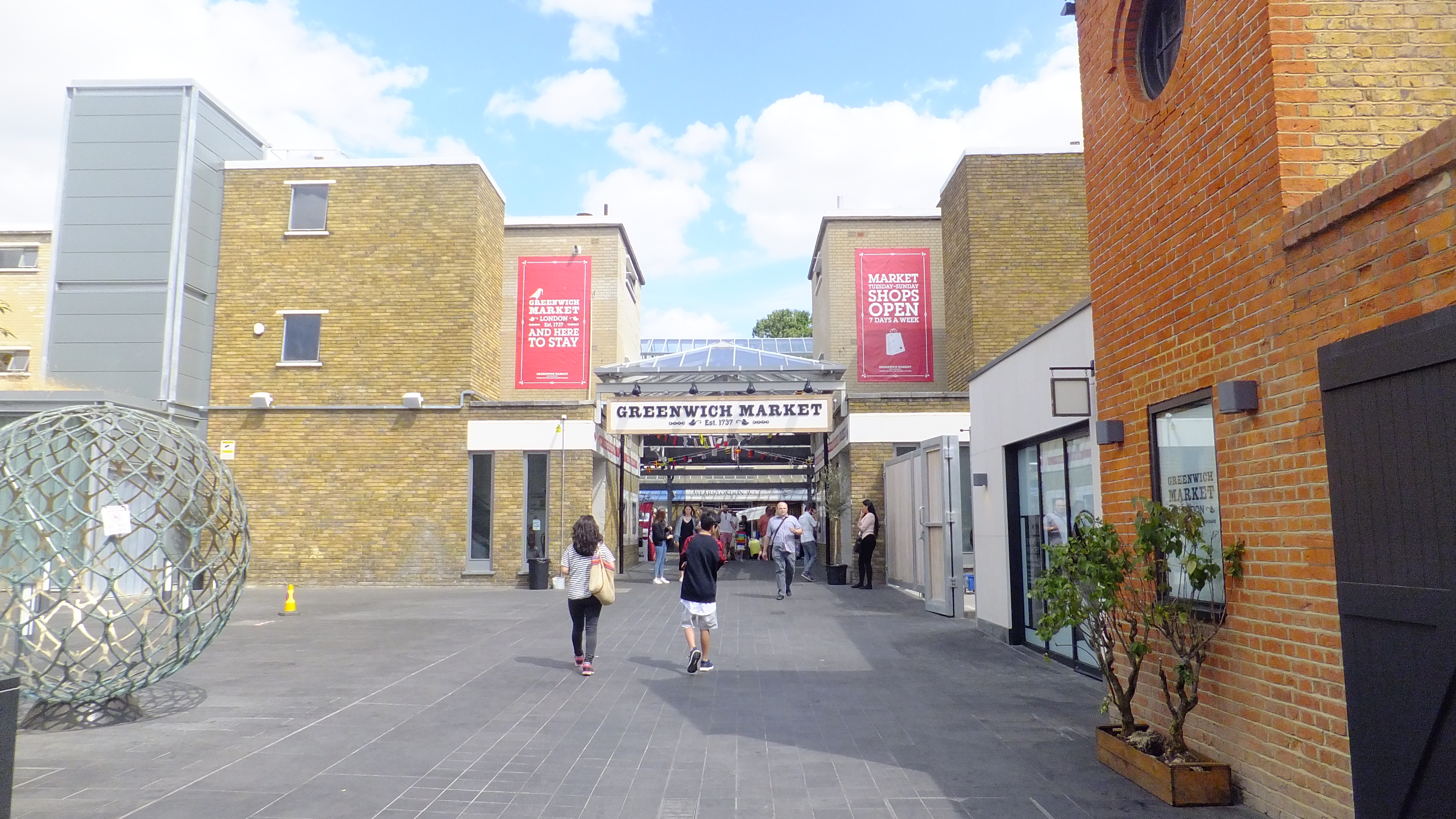
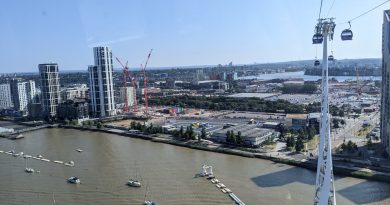

What intrigues me is, where DO they spend the money? If it’s a conscious choice to syphon funds from S106 and TfL etc.. away from the intended path (improving the public realm) into other areas – where is it going? A neighbour suggested to me that social deprivation is higher in Greenwich borough than elsewhere, perhaps that’s the answer and it might be fair enough. But as always it’s very difficult to figure out as they operate with so much ingrained secrecy and suspicion of their own electorate. Having lived in other areas of London, I think what is required in this little ecosystem is some healthy political competition. But there is none and as a result RBG would be better described as the Rotten Borough of Greenwich. This lot are complacent and lazy, and need to be booted out.
I do agree with you Charlie and your remedy to the current situation is correct. Money is being spent in Eltham where there is political competition and I believe from experience that it would be spent in other areas if only another political party or local group was able to get motivated enough to mount a serious challenge in say, Plumstead/Abbey Wood, at the next Council elections. I’m certain that winning one seat would make a significant difference to the money spent by the Council in that area because they would feel threatened. It might sound a difficult task but I don’t believe so, if a group is willing to put in the time over a long period i.e. not in the few weeks before the elections. It’s not even a case of persuading traditional Labour voters to change, just a case of getting those, who can’t be bothered to vote to come out on the day and vote for an alternative.
I cannot answer Charlie’s question of where the money is being spent, but I would caution any suggestion that Greenwich has greater social deprevation than Southwark. A quick visit to the latter- be it Peckham, Elephant, Camberwell or areas of Bermondsey – would suggest that Southwark has more than its fair share of issues to deal with.
They do some good with s106 income such as employment schemes but other boroughs manage that alongside estate upgrades, street and park upgrades.
It comes down to their old flaws – they couldn’t have cared less really for a long time about crucial community amenities such as local shopping areas and parks and the crucial role they play in community pride and cohesion. Let them rot and communities fracture. That increases deprivation problems.
ay All for the the Murkydepths party!
Pingback: £400k income from Plumstead development but no local public realm improvements as Greenwich town centre benefits instead – fromthemurkydepths
My understanding is that the Government has withdrawn many millions from local authority funding and in the case of Greenwich, they saw the CIL coming and all the building work going on so the treasury said to themselves that Greenwich did not need so much funding and could live with the cuts. The Parks department alone has had to find huge savings.
All authorities have had funding cut heavily (which I disagree with) and those such as Greenwich, Lewisham and Southwark have had it very tough since 2010. But others still utilise certain funding streams, often ringfenced, to maintain local areas and certain services. Greenwich have made a selective choice not to as they have an insular mentality and do not seek collaboration very often and have pet projects that often could be funded externally. They’ve chosen not to see estate communal spaces, for example, as important despite the many benefits good quality public space provides and let many slide whilst other authorities havn’t – at least to the same extent.
And much of this goes back to the ’90s and the culture since then. Long before the financial crises. It’s the culture and priorities that are warped and outdated. Cuts certainly add much more pressure but without that deep flaws still exist.
Pingback: Berkeley Homes back with another attempt at Woolwich listed building site – fromthemurkydepths
I always assumed the estate opposite Waitrose would be next in the developers cross hairs hence the lack of investment.
I don’t think it’s planned for demolition – that just seems to be the normal level of Greenwich Council Housing Department’s maintenance of public spaces and estates. And a policy not to use incoming money from large developments in the borough to improve them.
Pingback: Lawsuits incoming? Greenwich’s failure to maintain public spaces gets worse – fromthemurkydepths
Pingback: High housebuilding levels bring in £54 million to Greenwich Council – what is the New Homes Bonus? – FromTheMurkyDepths